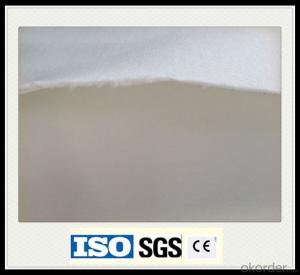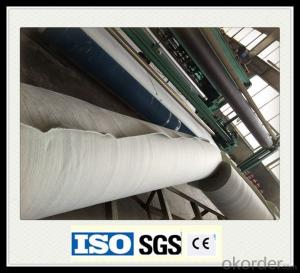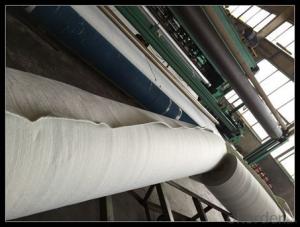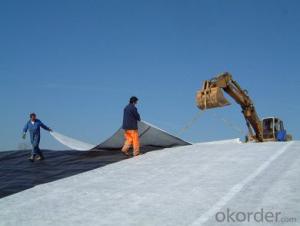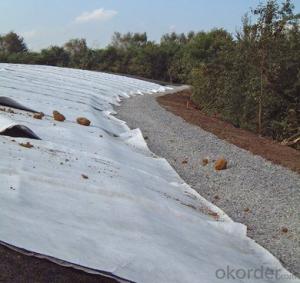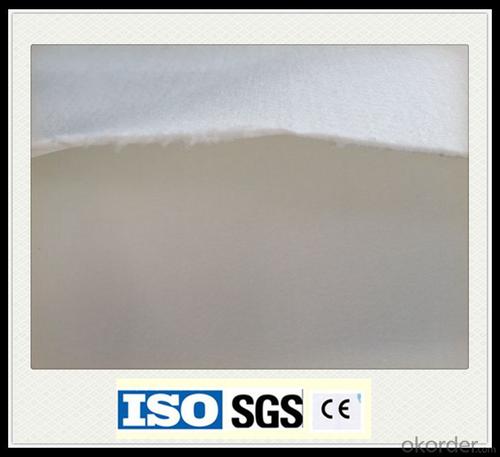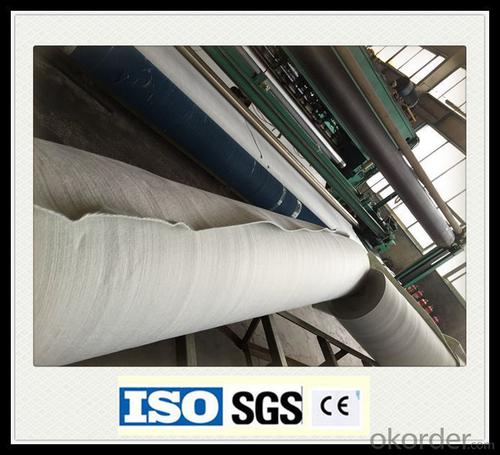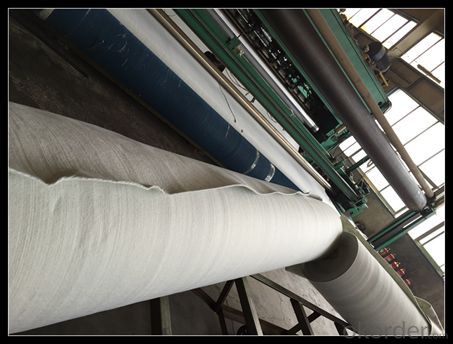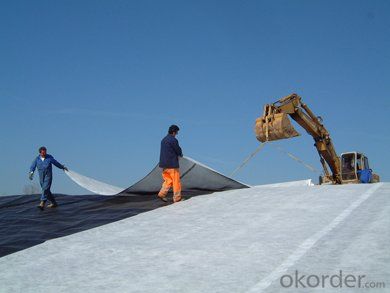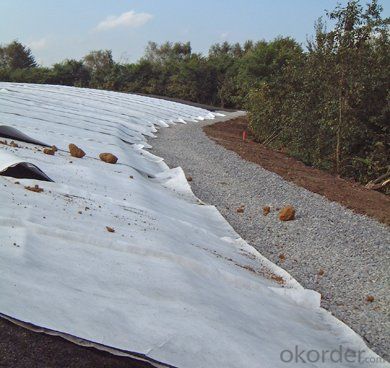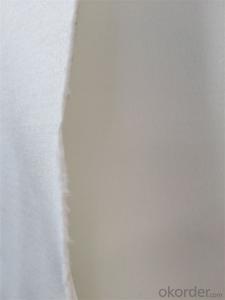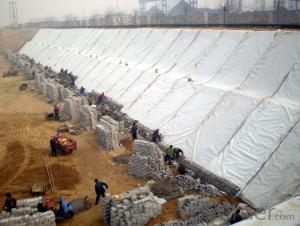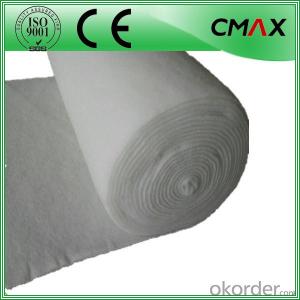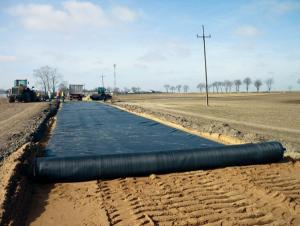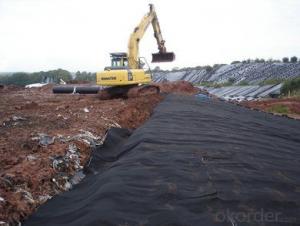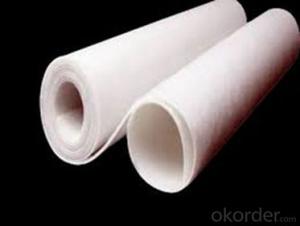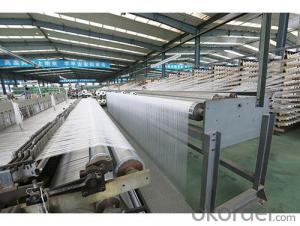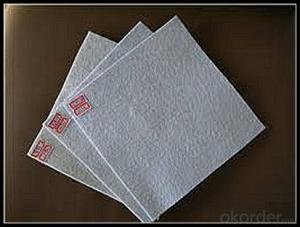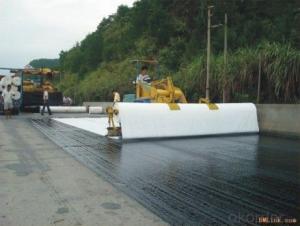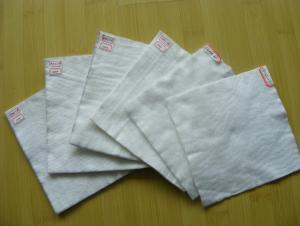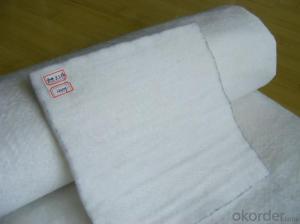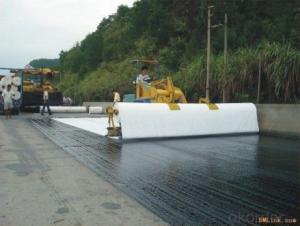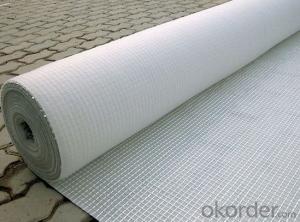Toile Géotextile Canac Polyester Filament Geotextile Fabric Construction Companies
- Loading Port:
- China main port
- Payment Terms:
- TT OR LC
- Min Order Qty:
- 1000 m²
- Supply Capability:
- 1000000 m²/month
OKorder Service Pledge
OKorder Financial Service
You Might Also Like
Specification
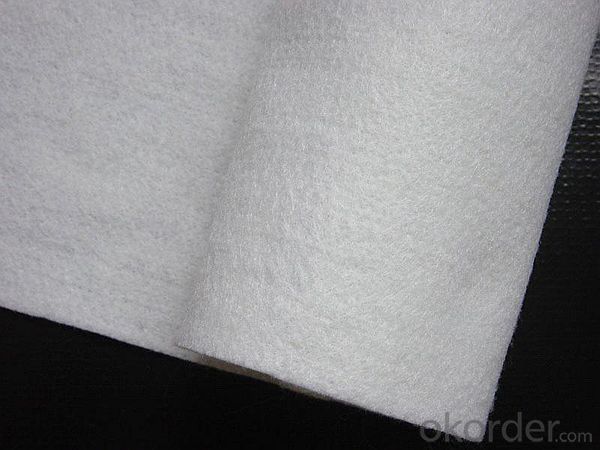
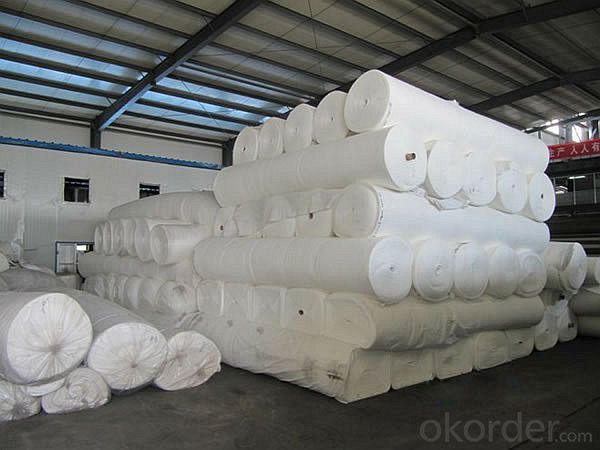
Geotextile Type:
Non-Woven Geotextiles Woven Geotextiles
Width:
1m-8m
Length:
Customer Requirment
Weight:
100g/m2-1500g/m2
Color:
White, Black, etc
Application:
Water Conservancy
Material:
PP(polypropylene) PET (polyester)
Certificate:
CE/ISO9001
Break Elongation:
25%~100%
Tensile Strength:
from 2.5 KN/m to 25KN/m
Geotextile Features
1) Staple fibers polypropylene nonwoven geotextile
The geotextile is made of polypropylene staple fibers on cross-laying equipment and needle punched equipment. It owns the advantages of acid and alkali resistance, erosion resistance, aging resistance, large strength, stable size, good filtrability etc.
2) Filament non woven geotextile
Filament geotextile has features as follows: High strength, good capacity of elongation and high biology tolerance, alkali tolerance, acidity tolerance, weather resistance good filtration and fine drainage capacity etc. Also it is of low cost, easy in construction and use effects.
Packaging & Shipping
Packing: PLASTIC FILM INSIDE, AND WOVEN BAG OUTSIDE
Shipping: About 15 days after receipt the deposit
geotextile fabric
permeability,filtration,easy for construction
ISO and CE certificate
Good quality and competitive price
Our Service
Quality assurance
1.On a regular basis or as per your request,we entrust national testing agencies to conduct quality inspections
2. Strictly in accordance with the ISO9001-2008 international quality system standard,we monitor and manage the whole process throughout production,quality testing,and measurement to ensure product quality
3. For quality-related construction delay or substandard construction(except for damage or losses due to customer’s responsibility or irresistible natural disasters),we have refunding,replacement,and repair services.We will respond to customers’ feedbacks on quality issues within 24 hours.
FAQ:
Q: What kind of payments does jenor support?
A: T/T, L/C, Cash are accepted.
Q: Do you charge for the samples?
A: Accordeing to our company policy, the samples are free, we only charge the freight fee. And we will return the freight fee during the next order.
Q: Can you produce according to customers' design?
A: Sure, we are professional manufacturer, OEM and ODM are both welcome.
Q: Do you have other products?
A: Yes, please check the pictures:
- Q: Geotextile Commission test how many square meters
- Geotextile performance testing generally need 1-2 square meters is enough. My company specializing in the production of geotextiles, often come to take samples to detect, are generally 1-2 square meters
- Q: What type of geotextile is used for soccer field
- Strong water seepage.
- Q: What are the standards and regulations for geotextile products?
- The standards and regulations for geotextile products are set by various organizations such as the American Society for Testing and Materials (ASTM), the International Organization for Standardization (ISO), and the Geosynthetic Institute (GSI). These standards cover different aspects of geotextile products, including their physical properties, mechanical performance, durability, and installation guidelines. Compliance with these standards ensures that geotextile products meet the necessary requirements for their intended applications and ensure the safety and reliability of their use in civil engineering and environmental projects.
- Q: Is there a geotextile for reed cultivation?
- Big slope pond words use better, need depth laying, with geomembrane
- Q: What are the key factors affecting the hydraulic conductivity of geotextiles?
- The key factors affecting the hydraulic conductivity of geotextiles include the porosity of the fabric, the thickness and density of the fibers, the weave or structure of the fabric, the surface roughness, and the presence of any clogging or fouling agents.
- Q: How do geotextiles contribute to land reclamation in coastal areas?
- Geotextiles contribute to land reclamation in coastal areas by acting as a barrier between the existing soil and the new land area. They help prevent erosion by stabilizing the soil, allowing vegetation to grow, and providing a foundation for the new land. Additionally, geotextiles can filter sediment and contaminants, improving water quality and protecting the surrounding ecosystem.
- Q: Whether the non-woven geotextile is required for inspection
- It depends on what you are doing, and if the declaration of the project and the like need to be sent to the authority of third-party testing, if only the daily sales and the like as long as the internal testing on the line friends.
- Q: Why do you shop the geotextile during the construction of the road
- Huazhi geotechnical materials manufacturers to answer
- Q: What are the key factors affecting the tensile strength of geotextiles?
- The key factors affecting the tensile strength of geotextiles include the type and quality of the materials used, the manufacturing process, the thickness and weight of the geotextile, the orientation and arrangement of the fibers, as well as environmental factors such as exposure to sunlight, moisture, and temperature.
- Q: How do geotextiles help with erosion control on coastal cliffs?
- Geotextiles help with erosion control on coastal cliffs by acting as a barrier that stabilizes the soil and prevents it from eroding. These synthetic fabrics are designed to allow water to pass through while trapping soil particles, thereby reducing the impact of wave action and protecting the cliff face from erosion. Additionally, geotextiles promote the growth of vegetation by providing a stable environment for plants to take root and further reinforce the soil, enhancing erosion control efforts.
Send your message to us
Toile Géotextile Canac Polyester Filament Geotextile Fabric Construction Companies
- Loading Port:
- China main port
- Payment Terms:
- TT OR LC
- Min Order Qty:
- 1000 m²
- Supply Capability:
- 1000000 m²/month
OKorder Service Pledge
OKorder Financial Service
Similar products
Hot products
Hot Searches
Related keywords
